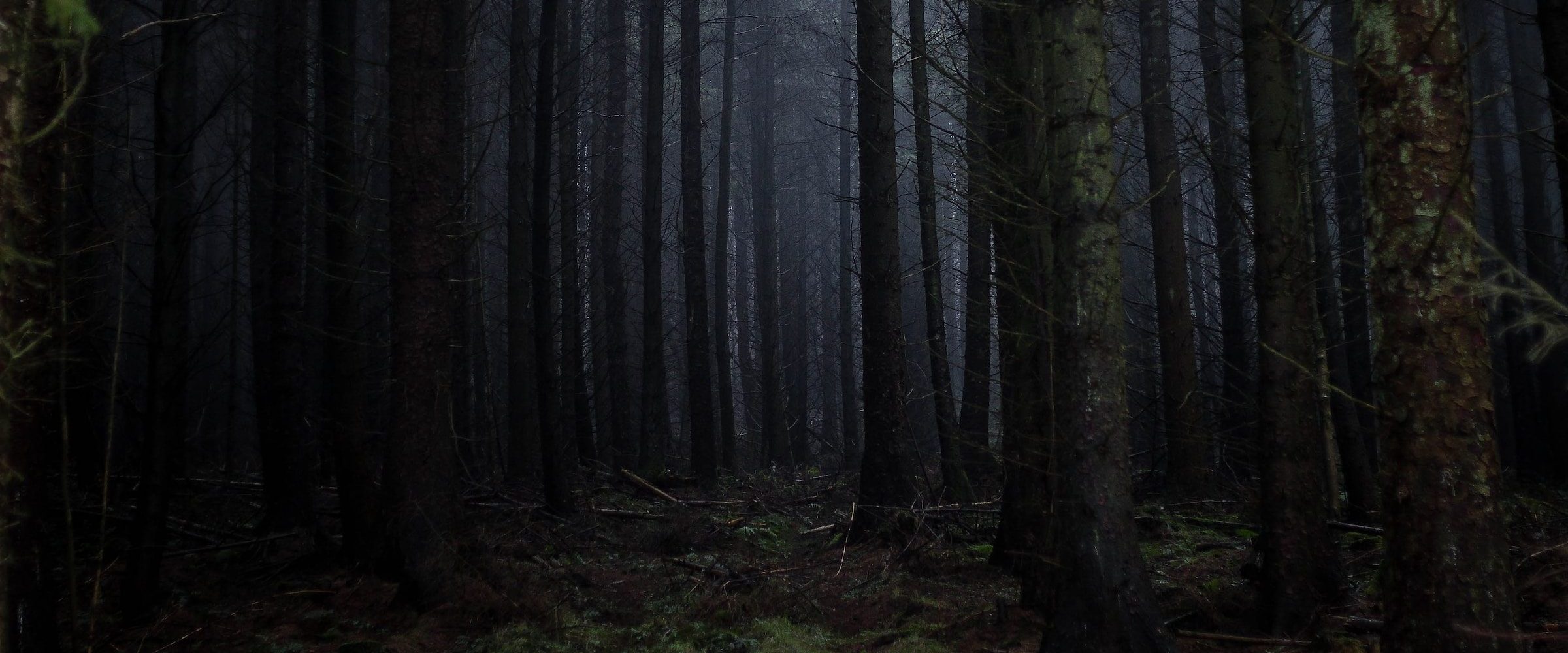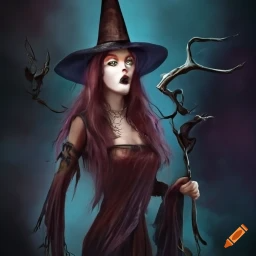Introduction
The name “Jack the Ripper” is synonymous with unsolved mystery, gruesome murders, and the dark underbelly of Victorian London. For over a century, the identity of this enigmatic serial killer has remained a subject of intense fascination and debate. In this article, we will delve deep into the chilling story of Jack the Ripper, exploring the historical context, the gruesome murders, the suspects, and the enduring legacy of this elusive killer.
The Whitechapel Murders
The infamous Whitechapel murders occurred in the poverty-stricken district of Whitechapel, London, in 1888. These murders were characterized by their brutality and a series of horrifyingly mutilated victims, all of whom were prostitutes. The exact number of victims attributed to Jack the Ripper remains a subject of debate, but the five “canonical” victims are generally accepted as:
- Mary Ann Nichols – Murdered on August 31, 1888
- Annie Chapman – Murdered on September 8, 1888
- Elizabeth Stride – Murdered on September 30, 1888
- Catherine Eddowes – Murdered on September 30, 1888 (same night as Elizabeth Stride)
- Mary Jane Kelly – Murdered on November 9, 1888
The victims were all women living in poverty, and their gruesome deaths shocked the city of London and garnered widespread media attention.
The Horrific Murders
The brutality of the Whitechapel murders was unparalleled in its gruesomeness. The victims were not only murdered but also subjected to horrific mutilations. These mutilations included deep throat slashes, abdominal incisions, and the removal of various organs. The precision and speed with which these gruesome acts were performed suggested that the killer had some anatomical knowledge, further fueling speculation about his identity.
The Killings Prompt Panic
The string of murders in Whitechapel led to widespread panic and fear among the residents. Women, especially prostitutes, lived in constant fear for their lives, and many took desperate measures to protect themselves. The police, who were ill-equipped to deal with such a series of crimes, were under immense pressure to apprehend the perpetrator.
The Investigation
The investigation into the Whitechapel murders was led by various detectives, including Inspector Frederick Abberline. However, the lack of modern forensic techniques and the absence of substantial evidence made solving the case exceedingly difficult. The murderer left behind very few clues, and those that did exist were often ambiguous or contradictory.
The From Hell Letter
One of the most infamous aspects of the Jack the Ripper case was the series of letters received by the police and local newspapers, purportedly from the killer himself. The most notable of these letters was the “From Hell” letter, sent in October 1888, along with a small box containing a human kidney, which was claimed to be from one of the victims. The authenticity of these letters has been a subject of much debate, with some suggesting they may have been hoaxes or the work of a deranged individual seeking notoriety.
Theories and Suspects
The identity of Jack the Ripper has never been definitively established, and numerous theories and suspects have been proposed over the years. Some of the most well-known suspects include:
- Montague John Druitt: A barrister who suffered from mental health issues and was found dead in the Thames River shortly after the final murder.
- Aaron Kosminski: A Polish immigrant with a history of mental illness who was reportedly identified by a witness but not formally charged.
- Walter Sickert: A famous artist whose supposed connection to the case was explored in Patricia Cornwell’s book “Portrait of a Killer: Jack the Ripper – Case Closed.”
- Francis Tumblety: A quack doctor with a history of violence against women who fled London shortly after the murders.
- Michael Ostrog: A Russian criminal with a history of violence and mental instability.
Each of these suspects has their own set of circumstantial evidence, but none has been definitively proven to be Jack the Ripper. The lack of concrete evidence and the passage of time have made it increasingly unlikely that the true identity of the killer will ever be known with certainty.
Social and Historical Context
To understand the Whitechapel murders and the legend of Jack the Ripper, it is essential to consider the social and historical context of late 19th-century London.
- Poverty and Overcrowding: Whitechapel was one of the most impoverished and overcrowded areas in London at the time. Many residents lived in squalid conditions, and prostitutes often resorted to the trade as a means of survival.
- Limited Policing: The police force in the East End of London was underfunded and understaffed. Detectives had few tools at their disposal to investigate complex crimes, and forensic science was in its infancy.
- Fear and Prejudice: The Whitechapel murders exposed the deep-seated fears and prejudices of Victorian society. The victims’ status as prostitutes and the squalid conditions of the neighborhood often led to victim-blaming and a lack of empathy from some segments of the population.
- The Birth of Sensationalism: The Whitechapel murders were a turning point in the history of media sensationalism. Newspapers competed for readership by publishing sensational stories, often exploiting the gruesome details of the crimes.
The Legacy of Jack the Ripper
The legend of Jack the Ripper has endured for over a century, and it continues to captivate the public’s imagination. The Whitechapel murders have left an indelible mark on popular culture, inspiring countless books, films, television series, and even walking tours of the crime scenes in London.
Some of the notable works inspired by Jack the Ripper include:
- Fictional Accounts: Novels such as “The Lodger” by Marie Belloc Lowndes and “From Hell” by Alan Moore and Eddie Campbell offer fictionalized versions of the Jack the Ripper story.
- Films: Movies like Alfred Hitchcock’s “The Lodger: A Story of the London Fog” (1927) and “From Hell” (2001) starring Johnny Depp have brought the Ripper legend to the big screen.
- Television: Television series like “Ripper Street” and “Whitechapel” have explored the historical context and aftermath of the murders.
- Tours and Museums: In London, tourists can take guided tours that visit the sites of the murders and explore the history of the case. The Jack the Ripper Museum in Whitechapel offers an immersive experience into the era and the crimes.
The enduring fascination with Jack the Ripper can be attributed to several factors:
- The Mystery: The unsolved nature of the case has left room for endless speculation and conspiracy theories, which continue to captivate amateur sleuths and historians alike.
- The Gruesome Nature of the Crimes: The extreme brutality and mutilation of the victims have a morbid allure for those interested in true crime and horror.
- Historical Intrigue: The Victorian era was a time of significant social and technological change, and the Whitechapel murders offer a window into the darker aspects of that period.
Conclusion
Jack the Ripper remains one of the most notorious and enduring mysteries in the annals of crime. The Whitechapel murders of 1888 continue to intrigue and haunt us, a grim reminder of the horrors that can occur in the darkest corners of society. Despite the passage of time and countless investigations, the true identity of Jack the Ripper remains hidden, making it one of the most enduring enigmas in the history of crime.





Leave a Reply